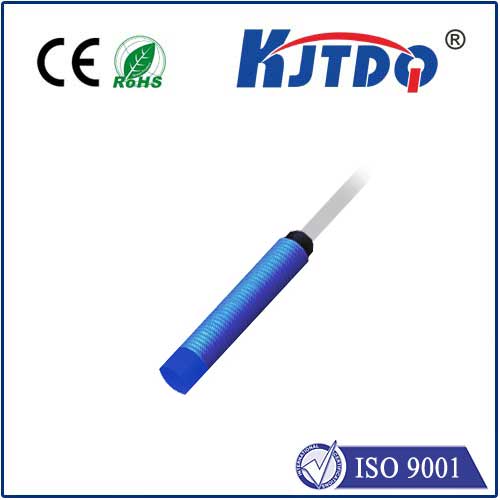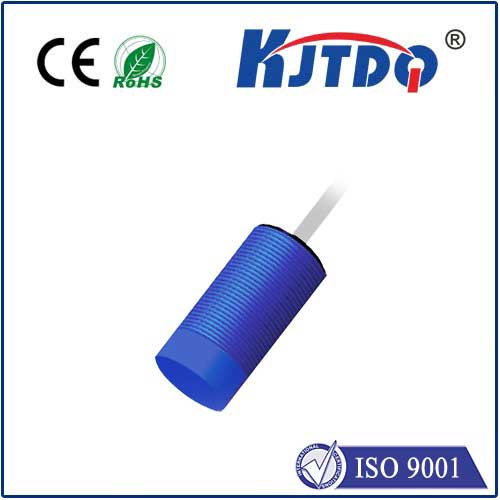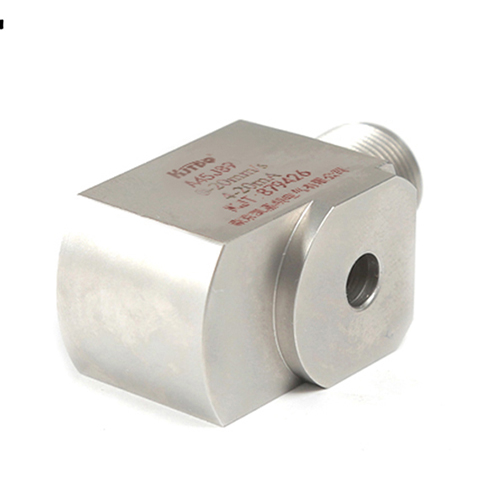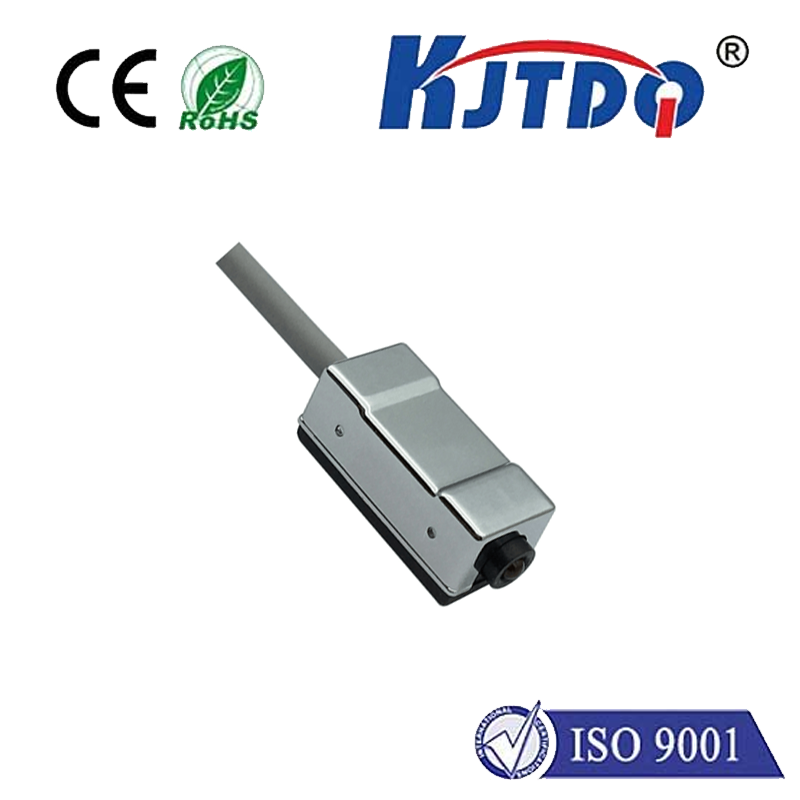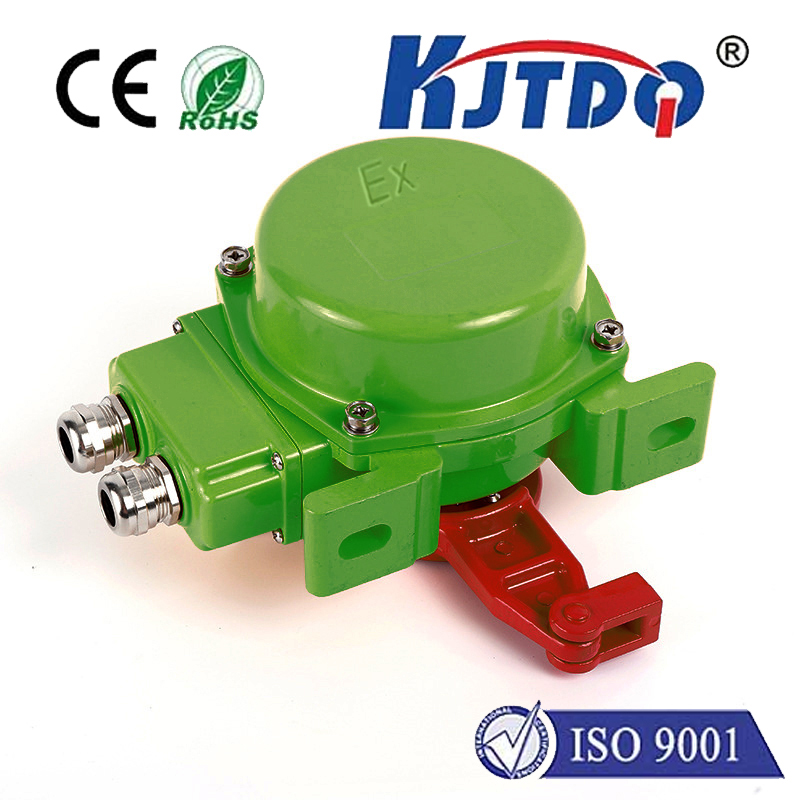

check

check

check

check
High-Strength Alloy for Precision Engineering: The RO20M-BT18-VN6X2-H1141 Material
The RO20M-BT18-VN6X2-H1141 material is a cutting-edge high-strength alloy specifically designed for precision engineering applications. This advanced composite material combines the benefits of multiple alloys to achieve exceptional mechanical properties, making it a preferred choice in industries such as aerospace, automotive, and industrial machinery. In this article, we will explore the composition, properties, and applications of the RO20M-BT18-VN6X2-H1141 material, highlighting its advantages and relevance in modern manufacturing.
At its core, the RO20M-BT18-VN6X2-H1141 is a composite alloy formed by combining elements from the RO20M, BT18, VN6X2, and H1141 series. Each component contributes unique properties that collectively enhance the material’s strength, toughness, and corrosion resistance. The RO20M series is known for its high strength and excellent fatigue resistance, while the BT18 series is valued for its good weldability and thermal stability. The VN6X2 series provides enhanced oxidation resistance and wear resistance, and the H1141 series is recognized for its high melting point and durability under extreme conditions.

One of the key features of this material is its high tensile strength, which allows it to withstand significant mechanical loads without deforming or failing. This makes it ideal for use in components that require both durability and precision, such as engine parts, turbine blades, and precision instruments. Additionally, the material’s high thermal stability ensures that it can operate efficiently in high-temperature environments, which is a critical requirement in aerospace and industrial applications.
Another important characteristic of the RO20M-BT18-VN6X2-H1141 is its excellent corrosion resistance. Unlike many other alloys, this material is resistant to oxidation, rust, and other forms of degradation, even when exposed to harsh chemical environments. This property is particularly beneficial in applications where corrosion can lead to costly failures, such as in chemical processing plants or offshore oil rigs.
In terms of manufacturing, the RO20M-BT18-VN6X2-H1141 is typically produced through advanced forging or casting techniques, ensuring uniformity and consistency in its microstructure. These methods allow for the precise control of grain size and phase distribution, which in turn affects the material’s mechanical properties and performance. The material’s ability to maintain its properties under stress and temperature fluctuations makes it a reliable choice for high-performance applications.
The RO20M-BT18-VN6X2-H1141 is also well-suited for precision engineering due to its high dimensional stability and low thermal expansion coefficient. This means that the material can maintain its shape and size even when subjected to temperature changes, making it ideal for use in components that require tight tolerances and minimal error margins. Its ability to retain dimensional accuracy over time is a significant advantage in industries where precision is critical, such as in the production of precision instruments or medical devices.
In summary, the RO20M-BT18-VN6X2-H1141 material represents a significant advancement in high-strength alloy engineering. Its combination of properties—high strength, corrosion resistance, thermal stability, and dimensional accuracy—makes it a versatile and reliable choice for a wide range of applications. Whether it is used in aerospace, automotive, or industrial settings, this material continues to set new standards for performance and durability. As technology advances, the RO20M-BT18-VN6X2-H1141 will remain a key material in the development of next-generation engineering solutions.



